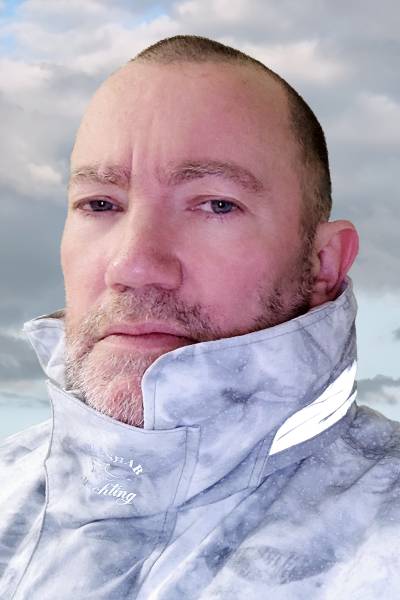Prof Andrew Groves


Professor Andrew Groves, a leading authority in fashion design with a focus on menswear, is currently Professor of Fashion Design at the University of Westminster. His pioneering contributions are exemplified by the founding of the Westminster Menswear Archive (WMA) in 2016, which houses over 3,000 garments. The WMA has become an essential resource for academics, designers, and industry professionals, offering insights into menswear from workwear to high fashion. By addressing a significant gap in fashion research, the archive elevates menswear as a critical area of study, fostering a deeper understanding of its cultural, historical, and material significance.
Exhibitions
Professor Groves has co-curated several landmark exhibitions that have reshaped public perceptions of menswear’s role in fashion:
Through his work with the WMA, Professor Groves has also supported the inclusion of menswear in exhibitions at other institutions, including:
Publications and Scholarly Contributions
Professor Groves scholarly work has significantly advanced the academic study of menswear. His 2022 article, A Casual Obsession: Inside the British Sock Fetish Council, published in Critical Studies in Men's Fashion, explores how subcultural groups like football casuals use clothing, particularly socks, to construct masculine identities.
In 2024, Groves co-authored Inside the Westminster Menswear Archive, a comprehensive examination of the archive’s collection and its role in reshaping menswear studies. The book has been widely praised for its detailed analysis of the material culture of menswear, making it an essential text for academics and industry professionals alike.
International Networks and Collaboration
Professor Groves is actively engaged in international research collaborations, notably through his AHRC-funded project, Locating the Absent Shadow (2022–2024). This project examines the cultural and industrial ties between British and Italian menswear, focusing on the fashion capitals of London and Milan, and explores how these exchanges shape design and consumer behaviour globally.
Awards and Grants
Professor Groves has secured numerous prestigious grants, including:
Knowledge Exchange and Consultancy
Beyond academia, Professor Groves provides consultancy services to leading fashion brands, including Massimo Osti Studio. His deep understanding of menswear’s cultural and practical elements has made him a trusted consultant, assisting companies in integrating historical insights into contemporary design practices.